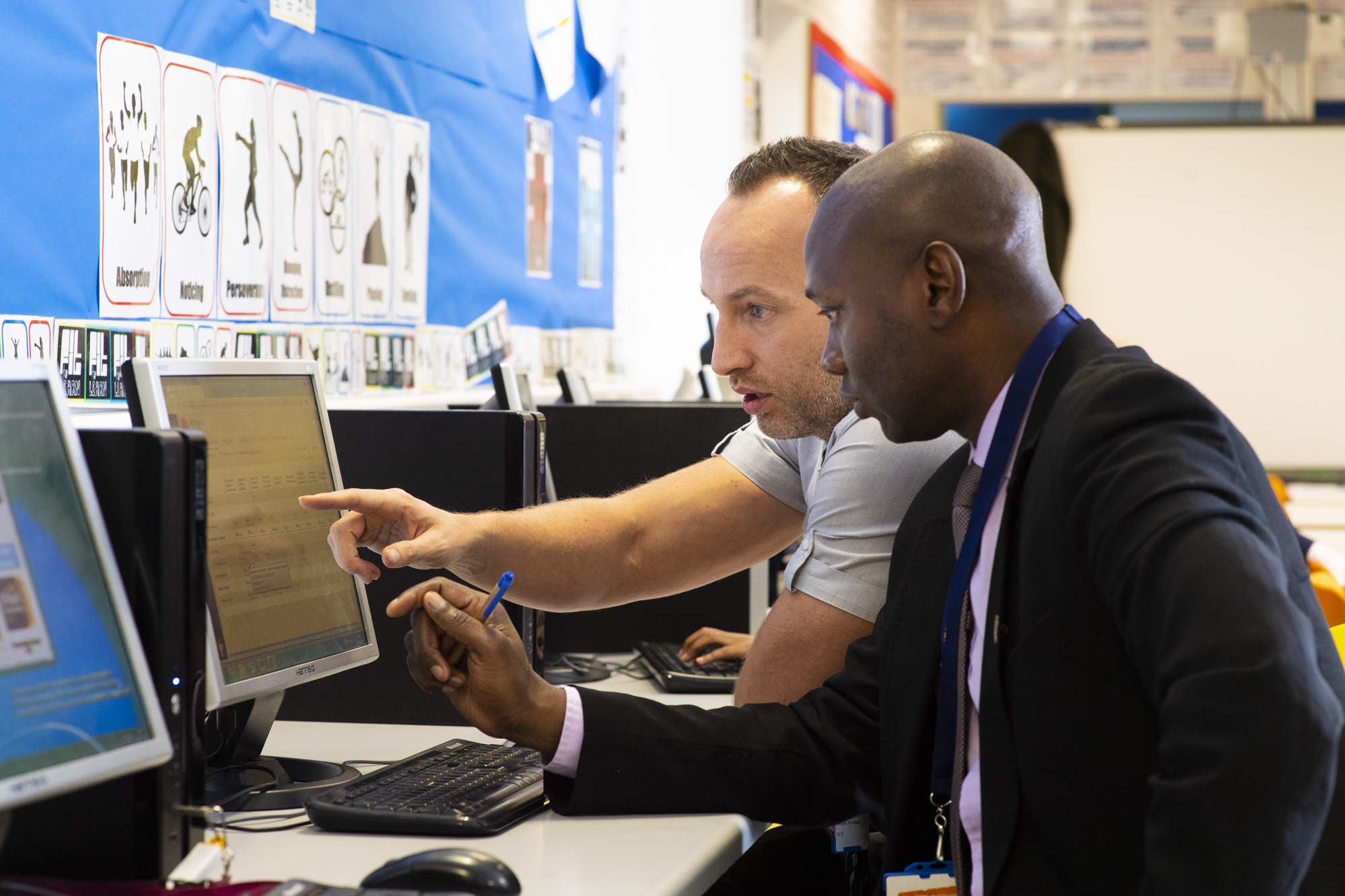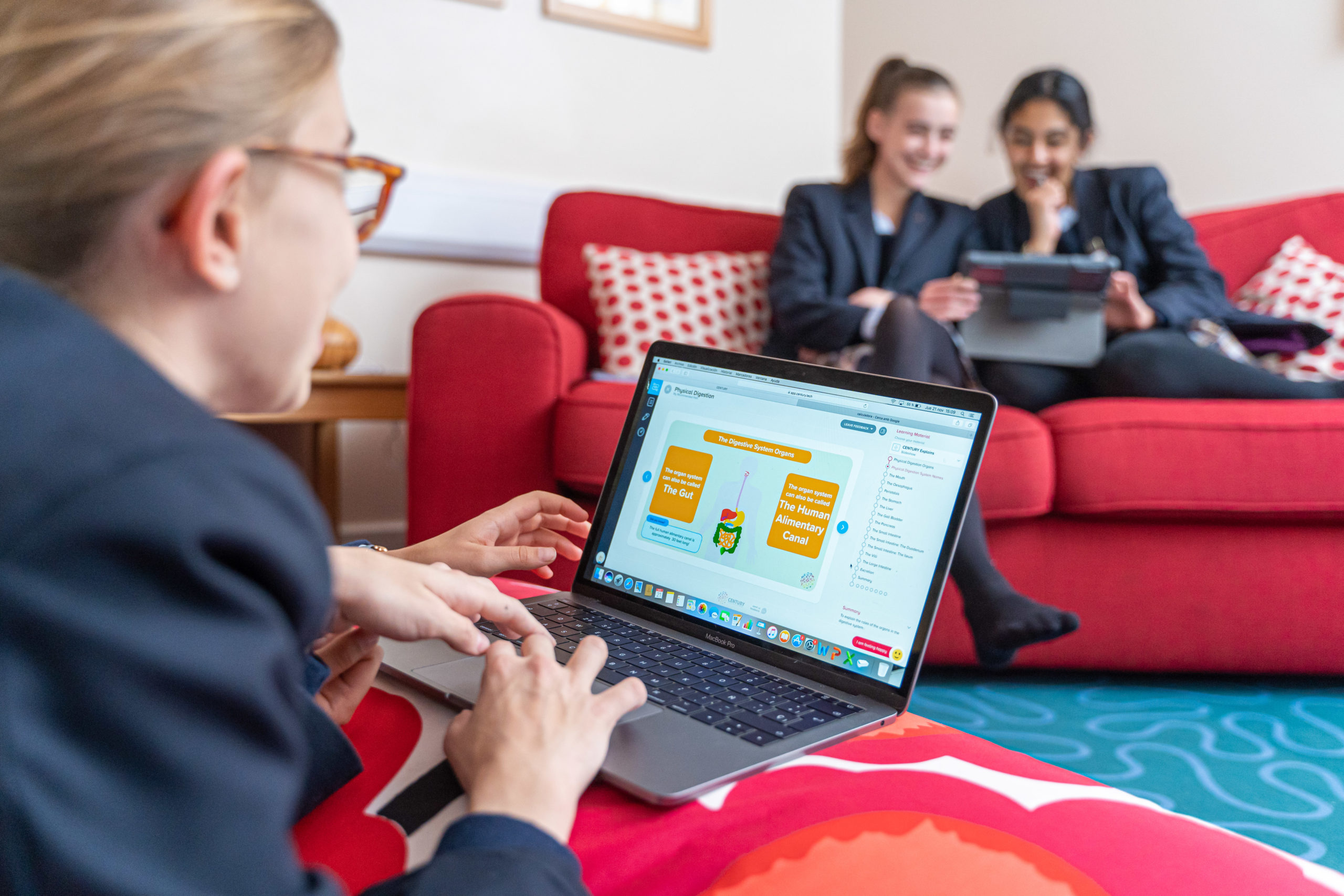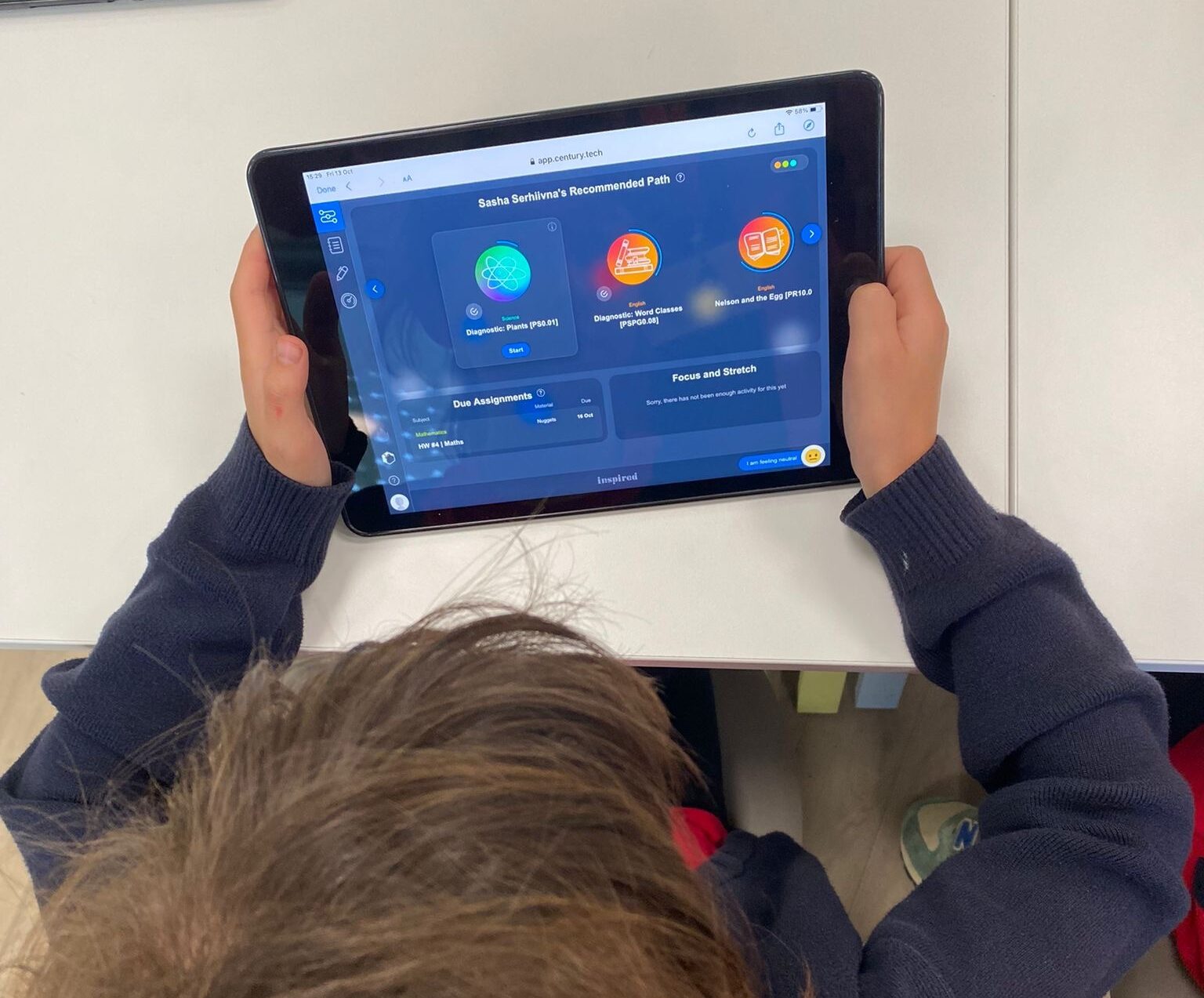Estimated reading time: 8 minutes
Ensuring that new edtech is implemented well is almost as important as the technology itself. There’s little point in using the latest, proven technology if it’s not embedded properly so that it can serve your students’ and teachers’ specific needs.
While the use of technology in schools has skyrocketed over the last year and teachers have showcased their ability to quickly adapt, making sure that everyone is able to get the best out of a new piece of software can be a daunting process.
To help school leaders through this, I’ve drawn on my experience having both taught and worked for an edtech company to come up with five things that you should consider when implementing new edtech solutions.
Prioritise staff training
- Incorporate the use of the technology into your yearly departmental CPD programme
- Provide staff with frequent opportunities to discuss the use of the technology within their department
Regardless of how excited teachers are by the potential of a product that their school has purchased, they are unlikely to integrate it into their teaching regularly and effectively if they do not feel comfortable and confident using it.
Even the most tech-savvy of your staff will require some time to find their way around a new platform, so ensuring that staff are provided with sufficient training before implementing new technology is a vital part of encouraging usage. This could be part of the CPD programme throughout the year. Putting aside 10-20 minutes in each CPD meeting will provide the opportunity for teachers to focus on different features of the technology. The time to practice and discuss with other colleagues will help ease the burden of implementing a new tool to help with teaching. This will also help avoid the situation where the students feel more confident and knowledgeable of a platform than their teachers!
Ahead of purchasing a new subscription, ask the company what resources and training they provide. For example, each school using CENTURY has a dedicated Account Manager on hand to answer questions and arrange training sessions, and we offer regular drop-in sessions for teachers. Make sure that teachers are aware of the resources available so they can take full advantage of them.
Keep up to date
- Have a lead within the department to share new features and keep up to date with any changes
- Have the lead send regular updates to the department or lead CPD sessions to keep everyone informed
Educational research and teaching practices change over time, and keeping up to date with these theories is good practice. The same can be said for keeping up to date with the technology you have. As new features are added and updates are made, it is important in ensuring that you’re always getting the most out of your subscription.
Again, a good technology provider should always keep you in the loop about any changes to the platform, but informing every one of your teachers about these changes can be challenging.
Some schools using CENTURY have overcome this by implementing CENTURY leads, who volunteer to cascade their knowledge of the platform across their year group or department. This can be delivered with a fortnightly email from the department’s CENTURY lead or asking them to highlight any changes at the start of each of your department meetings.
Ensure students and parents see the value in it
- Explain to students and parents why you are using the technology and how it will help
- Try using leader boards and link to rewards policy of your school
Getting students and parents excited about new technology is a crucial part of driving engagement, but that is easier said than done. This can be especially challenging with older students who may not initially see the value in using the technology.
Informing students and parents not only how to use the platform, but also the ‘why’ behind it can help get them on board.
Just like staff, students and their parents will want to know why they are being asked to use a new tool and may be sceptical about its effectiveness at first.
For example, a secondary school teacher recently shared with us that, while their Key Stage 3 pupils had enjoyed using CENTURY from the get-go, a number of students in the older years showed a clear lack of motivation to use the platform when it was initially introduced to them.
Students within these classes were then asked to complete a maths diagnostic (an initial assessment) from a GCSE course. From this, the platform clearly identified the students’ gaps in knowledge and showed them what they needed to learn in order to plug those gaps. Once the students directly saw the value in the platform and how it could support their learning whilst also making their lives easier, their engagement greatly improved.
A number of schools have also had success in driving engagement by setting up leaderboards to encourage friendly competition between classes. These can help teachers to identify which students to praise for particularly high usage, encouraging other students to follow suit and put in the time. This could easily be linked to the rewards programme that your school has and provide the opportunity to reward successful students in assemblies with certificates or prizes.
Set aside dedicated time for it
- Try to incorporate the technology into your established routines, for example as a ten-minute starter to develop retrieval practice or setting homework on it weekly
Even if you find an excellent tool that you believe fits all of your students’ needs, it can be difficult at first to know how to find the time to fit it into teaching.
All teachers are aware that having established routines with their students is essential to maximising the learning opportunities within the classroom. Planning to implement the new technology into your lessons as a part of a routine can demonstrate to your students that there is a serious expectation to be using the technology. For example, using the platform as a 10-minute starter in each lesson will help students and teachers become more familiar with the technology whilst providing an excellent opportunity for retrieval practice.
You don’t have to limit yourself to using the platform in this way, but establishing a routine can be helpful. Once you get to know each of the classes you teach, you can then adapt your plan and use the technology to fit the needs of the students. From this starting point, you can gradually increase or change the way you use the platform over time.
Book a demo to find out more about how CENTURY can help to enhance the teaching and learning at your school or college.






